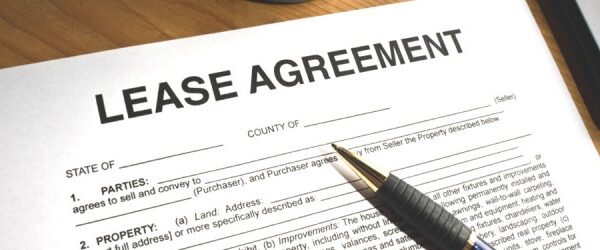Assignment Of Lease: A Brief Look

What is an Assignment? Simply put, it is a transfer of an existing lease by the current tenant to a new tenant with the consent of the landlord.
Let’s see how this works in practice.
To begin with, there should be an existing lease between a landlord and tenant. And the Assignee. The Assignee is the crucial factor that makes Assignment work. He or it is the newcomer to whom the existing lease will be assigned or passed or transferred to.
Why does an assignment take place?
It happens for several reasons. Existing tenant want to leave for reasons, usually due to business not doing well, Age, retirement are just a few. Or, someone new comes into the area and wants to take over the lease for their prospective venture. This often is the case.
In legal jargon, the old tenant who wants to get out of the lease is called the Assignor and the new person who wants to get the remainder of the lease is called an Assignee. The landlord remains the same.
What happens next?
1. In practice, the Assignor will instruct his solicitors that he wants to assign the lease.
2. The Assignee will instruct his own solicitors that he wants to buy that lease.
3. The Assignor’s solicitors will contact the landlord’s solicitors about the proposed assignment, asking the landlord’s consent for the transaction to take place.
As can be seen there will be three different solicitors involved.
Who pays the legal fees?
The parties will foot their own legal bill except for the Landlord. It’s common practice that the Assignee pays the landlord’s legal fees in addition to his own.
What does the Landlord’s solicitor do?
The solicitor will take instructions from his client as to whether the landlord is willing to give consent for the proposed assignment. And, before such consent can be given, the solicitor will ask the Assignor to provide satisfactory references for the Assignee. These are usually bank and trade references confirming that the proposed assignee is solvent and capable of paying the rent on the lease.
Upon satisfactory receipt of references, the landlord’s solicitors will draft the following documents:
1. Licence to assign
2. Rent deposit deed
3. Authorised guarantee agreement
These will be sent to the Assignor who in turn will send them to the Assignee’s solictors. These are legally binding contractual documents and need to be thoroughly perused before the parties put their signatures on them.
Briefly let’s look at what the above three documents are:
Licence to Assign is the document that enables the current tenant (Assignor) to transfer the lease to the Assignee (incoming tenant) with the landlord’s permission (consent). All three parties will sign this document.
A landlord usually requires a rent deposit as a precondition to providing its consent to the assignment of a lease. A rent deposit is a sum of money provided by the Assignee (who will become the new tenant) to the landlord as security for payment of the rent and performance of the tenant’s covenants in the lease. A rent deposit is attractive to landlords because it is an immediately accessible source of money that can be withdrawn as soon as the tenant is in breach of a relevant covenant in the lease.
An Authorised Guarantee Agreement is a legal document where the outgoing tenant (Assignor) must guarantee the performance, by the assignee, of the covenants from which the tenant has been released. In the event that the Assignee is in breach of any of the Covenants, the outgoing tenant agrees to bear the burden. This is a very important piece of legal document that merits its own article.
All leases are different. And it is always best to look at the requirements of the lease and understand what is needed before you can assign your lease.
If you would like to talk more about this topic, contact Krish Thirugnanamoorthy on 0118 947 8638 for a free quotation or email krish@cavershamsolicitors.co.uk




